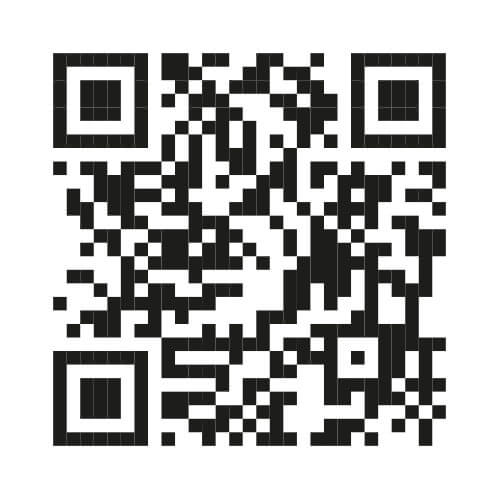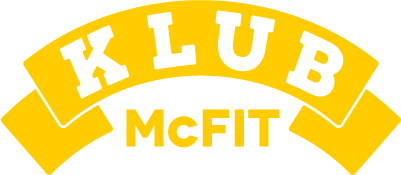Upper body
– large pectoral muscle
– deltoid muscle, front part
– triceps brachii
– trapezius muscle
– take a stable sitting position on the machine
– back rests against the backrest, head is in line with the spine
– fix legs on the floor
– elbows are spread out to the sides and nearly horizontal behind the grips
– wrists are stable and form a line with the forearms
– the grips are placed at chest height in the upper third of the ribcage with bent arms
– pull shoulders down
– push grips forward
– the elbows remain slightly bent in the end position
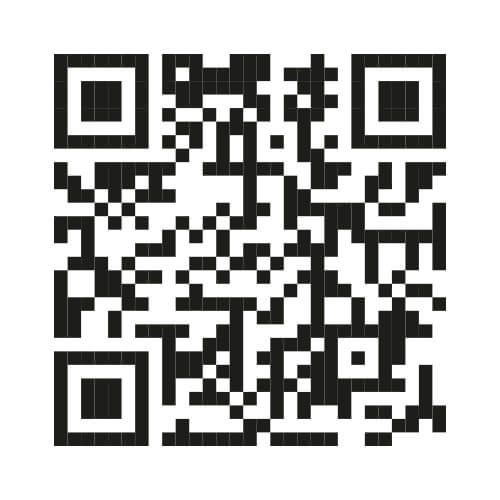
– two-headed arm flexor
– arm flexor
– upper arm radius muscle
– take a stable sitting position
– back is straight, head in line with the spine
– laid upper arms are parallel to each other
– grip shoulder-width and fix the wrists
– bend the arm and then move back to the starting position
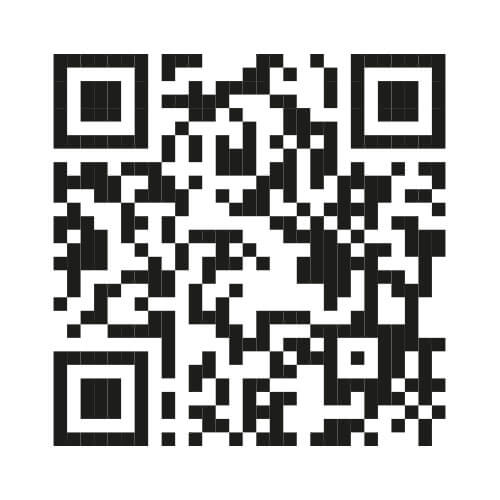
– large pectoral muscle
– deltoid muscle, front part
– assume a stable sitting position
– back rests against the backrest, head is in line with the spine
– upper arms spread out to the sides, so that they are horizontally just below shoulder height
– elbows slightly fixed and shoulders pulled down
– bring both arms forward to the center and then move them back out again
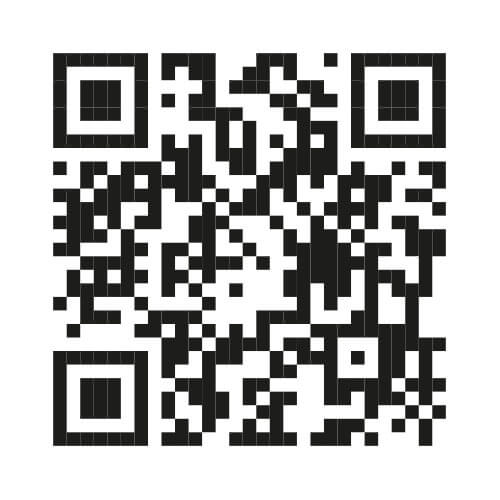
– three-headed arm extensor
– assume a stable sitting position
– back is straight, head in extension of the spine
– upper arms lie parallel to each other and fully on the support of the machine
– elbow joint is at the same height as the pivot point of the machine
– grip the handles and extend the arms in a controlled muscle movement to the end position
– then return to the starting position
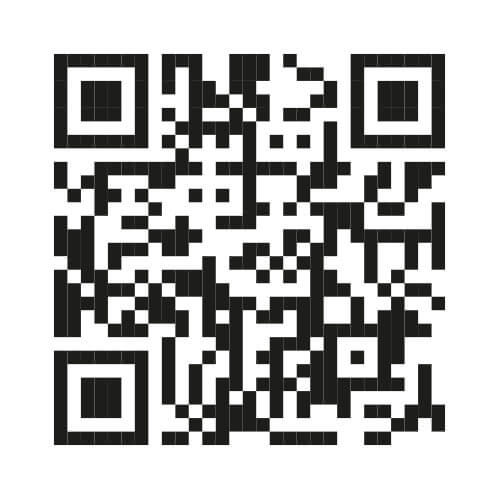
– Deltoid muscle, anterior part
– Triceps brachii
– Trapezius muscle, upper and middle part
– Scapula elevator
– Rhomboid muscle
– Anterior serratus muscle
– External rotators
– Take a stable sitting position
– Back rests against the seat back
– Head in extension of the spine
– Legs are fixed on the ground
– Handles are at ear level
– Arms are spread out to the side of the body
– Elbows point downwards
– Wrists are fixed and form a line with the forearms
– Shoulders are pulled down
– From this position, the handles are pressed upward while the elbows remain slightly bent in the end position
– Return the handles to the starting position
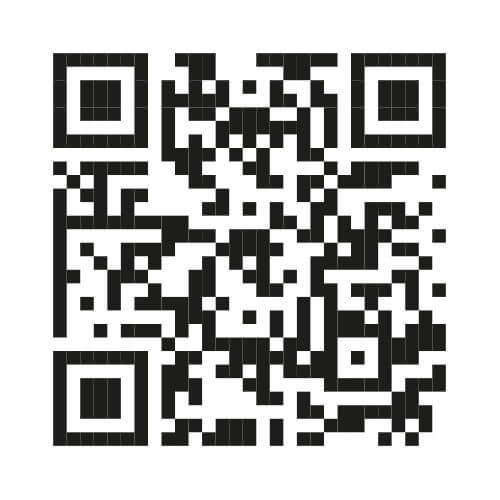
Pullovers:
– Latissimus dorsi
– Pectoralis major
– Anterior serratus muscle
– Triceps brachii
Bicep curl on cable:
– Biceps brachii
– Brachialis
– Brachioradialis
Tricep pushdown on cable:
– Triceps brachii
Lateral raise on cable:
– Deltoid, middle part
– Supraspinatus
Front raise on cable:
– Deltoid, anterior part
– Biceps brachii
– Trapezius
– Anterior serratus muscle
Pullovers:
– Take a stable basic position
– Knees slightly bent
– Upper body slightly leaning forward
– Keep the back straight and the head in line with the spine
– Grip the handlebar slightly wider than shoulder-width
– Elbows remain slightly bent
– Pull the handles towards the hips, pushing the chest out and pulling the shoulders down
– Return arms back to the starting position
Bicep curl on cable:
– Take a stable basic position
– Arms hang shoulder-width beside the body and grip the handlebar
– Elbows are slightly bent in the starting position
– Bend the arms as far as possible
– Wrists remain fixed and form a line with the forearms
– Return arms back to the starting position
Tricep pushdown on cable:
– Take a stable basic position and slightly bend the upper body forward
– Upper arms lie alongside the body
– In the starting position, arms are slightly bent below 90°
– Now extend the arms into the final position in a controlled muscle movement
– Wrists remain fixed and form a line with the forearms
– Controlled return to the starting position
Lateral raise on cable:
– Take a stable, upright position
– Build tension in the back muscles
– Knees are slightly bent and pelvis is fixed
– Pull shoulders down
– Raise the cable handle to a maximum shoulder height laterally
– Elbow remains slightly bent and wrist fixed
– Then return the handle back to the starting position
Front raise on cable:
– Take a stable, upright position
– Build tension in the back muscles
– Knees are slightly bent and pelvis is fixed
– Pull shoulders down
– Raise the cable handle to a maximum shoulder height in front
– Elbow remains slightly bent and wrist fixed
– Then return the handle back to the starting position
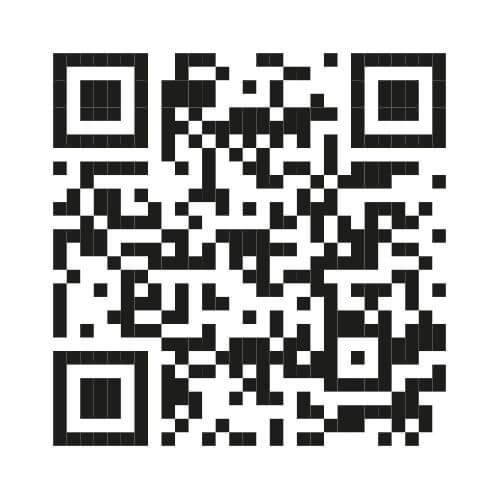
Incline Bench Press:
– major pectoral muscle
– deltoid muscle, anterior part
– triceps brachii
– trapezius muscle
Squats:
– quadriceps
– gluteus maximus
– biceps femoris, long head
– semitendinosus
– semimembranosus
– abductors
– adductors
– spinal extensor
Incline Bench Press:
– take a stable seat on the incline bench
– back rests against the backrest, head is in line with the spine
– fix legs on the ground
– the barbell is positioned above the upper part of the chest
– elbows are spread out to the sides and are below the barbell
– wrists are stable and form a line with the forearms
– pull shoulders down
– unlock the barbell and release it from the holder, then lower it down
– lightly touch the upper third of the chest with the barbell and then press back up
– elbows are slightly bent in the end position
– return to the starting position
Squats:
– hip-width, stable stance
– take a slightly forward-placed position under the barbell
– the barbell rests on the trapezius muscle
– the weight rests on the entire foot
– grip the barbell with both hands, slightly wider than shoulder-width
– elbows point sideways downwards
– unlock the barbell and release it from the holder
– bend at the hip and knee joint only as far as correct back and foot posture can be maintained. (ideally under 90°)
– from this starting position, extend at the hip and knee joint until the knees are only slightly bent
– keep the back permanently straight
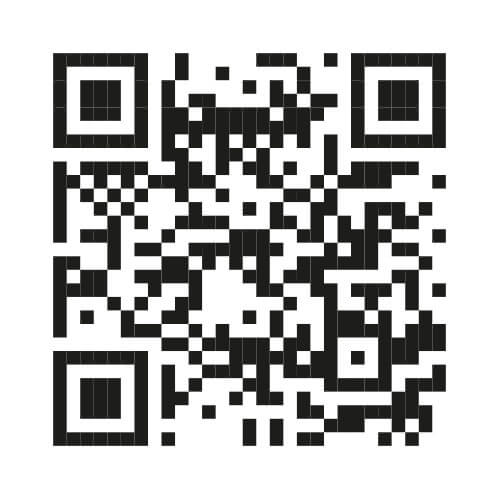
Dumbbell Incline Bench Press:
– large chest muscle
– deltoid muscle, front part
– triceps
– trapezius muscle
Dumbbell Bench Press:
– large chest muscle
– deltoid muscle, front part
– triceps
– trapezius muscle
Dumbbell Shoulder Press:
– deltoid muscle, front part
– triceps
Dumbbell Bicep Curl while Sitting:
– bicep
– arm flexor
– brachioradialis
Dumbbell Incline Bench Press:
– take a stable sitting position on the incline bench
– back rests on the bench, head is in line with the spine
– fix legs on the floor
– elbows are spread and point vertically downwards
– wrists are stable and form a line with the forearms
– the dumbbells are placed at chest height in the upper third of the chest with bent arms
– pull shoulders down
– press the dumbbells upward and bring them together in a semicircular motion
– elbows remain slightly bent in the end position
Dumbbell Bench Press:
– take a stable sitting position on the flat bench
– back rests on the bench, head is in line with the spine
– fix legs on the floor
– elbows are spread and point vertically downwards
– wrists are stable and form a line with the forearms
– the dumbbells are placed at chest height in the upper third of the chest with bent arms
– pull shoulders down
– press the dumbbells upward and bring them together in a semicircular motion
– elbows remain slightly bent in the end position
Dumbbell Shoulder Press:
– take a stable sitting position (90° or just below 90°)
– back rests on the bench, head is in line with the spine
– fix legs on the floor
– spread arms to the side of the body
– elbows point downwards
– wrists are fixed and form a line with the forearms
– pull shoulders down
– lower the weights to the side of the head to ear level
– press the weights back up and keep the elbows slightly bent in the end position
Dumbbell Bicep Curl while Sitting:
– take a stable sitting position
– back is straight, head in line with the spine
– fix legs on the floor
– arms are stretched beside the body with palms facing each other
– grip the dumbbells shoulder-width apart while fixing the wrists
– bend the arm and rotate the palms towards the shoulder
– then return to the starting position
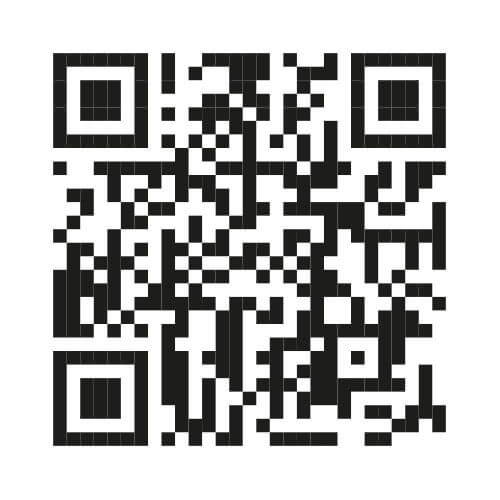
Bicep curl on cable machine:
– two-headed arm flexor
– arm flexor
– upper arm radial muscle
Tricep push on cable machine:
– three-headed arm extensor
Pullovers:
– broad back muscle
– large chest muscle
– anterior serratus muscle
– three-headed arm extensor
Single-leg hip extension standing on cable machine:
– large gluteal muscle
– two-headed thigh flexor
– semitendinosus muscle
– platysma muscle
– back extensor
– abductors
– adductors
Lateral raise on cable machine:
– deltoid muscle, middle portion
– upper trapezius muscle
Front raise on cable machine:
– deltoid muscle, anterior portion
– two-headed arm flexor
– trapezius muscle
– anterior serratus muscle
Bicep curl on cable machine:
– assume a stable base position
– arms hang shoulder-width beside the body and grip the handlebar
– elbows are slightly bent in the starting position
– bend arms as far as possible
– wrists remain fixed and form a line with the forearms
– bring arms back to the starting position
Tricep push on cable machine:
– assume a stable base position and lean the upper body slightly forward
– upper arms rest against the body
– in the starting position, arms are bent just below 90°
– now stretch the arms to the final position in a controlled muscle movement
– wrists remain fixed and form a line with the forearms
– return to the starting position in a controlled manner
Pullovers:
– assume a stable base position
– knees slightly bent
– upper body slightly inclined forward
– keep the back straight and head in line with the spine
– grip the handlebar slightly wider than shoulder-width
– elbows remain slightly bent
– pull grips towards hips, pushing chest out and pulling shoulders down
– bring arms back to the starting position
Single-leg hip extension standing on cable machine:
– stable stance on one leg facing the cable machine
– upper body is straight and slightly inclined forward
– head in line with the spine
– both arms stabilize the upper body on the handles
– the free leg is connected to the cable machine via a foot loop above the ankle
– knee is slightly bent and in front of the body
– keep the knee angle unchanged and lead the weight backwards until the leg is an extension of the body axis
– then move back to the starting position.
Lateral raise on cable machine:
– assume a stable, upright stance
– build tension in the back muscles
– knees are slightly bent and pelvis is stabilized
– pull shoulders down
– lift the pull handle laterally to maximum shoulder height
– while keeping the elbow slightly bent and the wrist fixed
– then return the handle to the starting position
Front raise on cable machine:
– assume a stable, upright stance
– build tension in the back muscles
– knees are slightly bent and pelvis is stabilized
– pull shoulders down
– lift the pull handle frontally to maximum shoulder height
– while keeping the elbow slightly bent and the wrist fixed
– then return the handle to the starting position
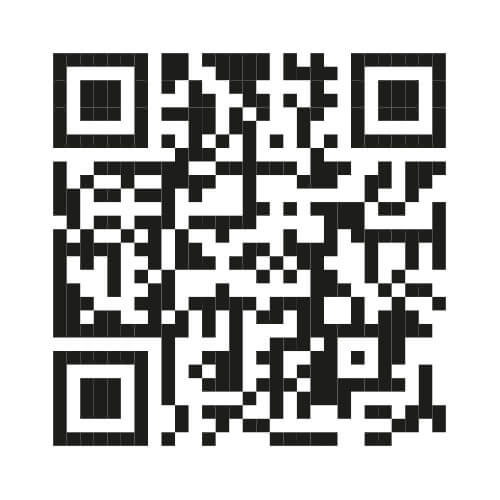
Biceps curl on the cable machine:
– two-headed arm flexor
– arm flexor
– brachioradialis
Triceps press on the cable machine:
– three-headed arm extensor
Pullovers:
– latissimus dorsi
– pectoralis major
– anterior serratus
– three-headed arm extensor
Pull-ups:
– latissimus dorsi
– teres major
– trapezius
– deltoid, posterior part
– two-headed arm flexor
– arm flexor
– brachioradialis
Standing fly motion on the cable machine:
– pectoralis major
– deltoid, anterior part
Single-leg hip extension standing on the cable machine:
– gluteus maximus
– two-headed thigh flexor
– semitendinosus
– semimembranosus
– erector spinae
– abductors
– adductors
Lateral raises on the cable machine:
– deltoid, middle part
– supraspinatus
Front raises on the cable machine:
– deltoid, anterior part
– two-headed arm flexor
– trapezius
– anterior serratus
Biceps curl on the cable machine:
– assume a stable starting position
– arms hang shoulder-width beside the body and grasp the grip bar
– elbows are slightly bent in the starting position
– bend arms as far as possible
– wrists remain fixed and form a line with the forearms
– return arms to the starting position
Triceps press on the cable machine:
– assume a stable starting position and slightly lean the upper body forward
– upper arms are positioned alongside the body
– in the starting position, the arms are bent just under 90°
– now extend the arms in a controlled muscle movement to the end position
– wrists remain fixed and form a line with the forearms
– controlled return to the starting position
Pullovers:
– assume a stable starting position
– knees slightly bent
– upper body slightly leaned forward
– back remains straight and head in line with the spine
– grasp the grip bar slightly wider than shoulder-width
– elbows remain slightly bent
– pull grips towards the hips, pushing the chest out and pulling the shoulders down
– return arms to the starting position
Pull-ups:
– neutral grip width on the pull-up bar
– elbows are slightly bent
– back is upright
– head in line with the spine
– slightly lean the upper body back and hold
– pull the body up to about chin height towards the bar and then return to the starting position
Standing fly motion on the cable machine:
– assume a basic position with a slight forward lean
– upper body remains stable
– arms are slightly bent and spread to the side at shoulder height
– pull shoulders down
– from this position, bring the grips together in front of the body synchronously
– elbow angle remains stable
– grips can also cross in the end position
– then return to the starting position
Single-leg hip extension standing on the cable machine:
– stable stance on one leg facing the cable machine
– upper body is straight and slightly leaned forward
– head in line with the spine
– both arms stabilize the upper body on the handles
– the free leg is connected to the cable machine via a foot strap above the ankle
– knee is slightly bent and in front of the body
– with the knee angle unchanged, pull the weight back until the leg is in line with the body axis
– then return to the starting position
Lateral raises on the cable machine:
– assume a stable, upright stance
– build tension in the back muscles
– knees are slightly bent and pelvis is stabilized
– pull shoulders down
– raise the grip to maximum shoulder height to the side
– elbow remains slightly bent and wrist fixed
– then return grip to the starting position
Front raises on the cable machine:
– assume a stable, upright stance
– build tension in the back muscles
– knees are slightly bent and pelvis is stabilized
– pull shoulders down
– raise the grip to maximum shoulder height in front
– elbow remains slightly bent and wrist fixed
– then return grip to the starting position
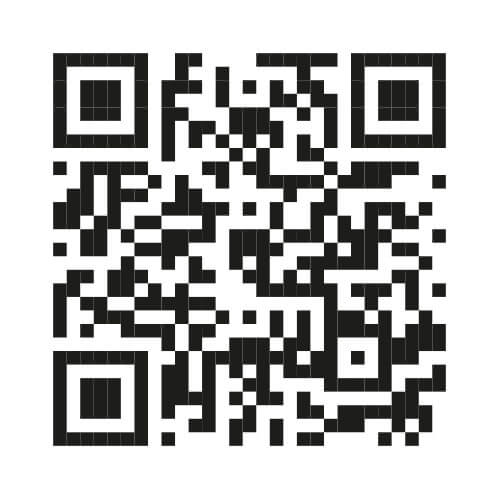
Barbell Bench Press:
– major pectoral muscle
– deltoid muscle, anterior part
– triceps brachii
– trapezius muscle
Barbell Incline Bench Press:
– major pectoral muscle
– deltoid muscle, anterior part
– triceps brachii
– trapezius muscle
Barbell Bench Press:
– take a stable sitting position on the flat bench
– back lies on the bench, head is in line with the spine
– fix legs on the ground
– elbows are flared out and point vertically down
– wrists are stable and form a line with the forearms
– the dumbbells are placed at chest height in the upper third of the ribcage with bent arms
– pull shoulders down
– press the dumbbells upward and bring them together in a semicircular motion
– elbows remain slightly bent in the final position
Barbell Incline Bench Press:
– take a stable sitting position on the incline bench
– back lies on the bench, head is in line with the spine
– fix legs on the ground
– elbows are flared out and point vertically down
– wrists are stable and form a line with the forearms
– the dumbbells are placed at chest height in the upper third of the ribcage with bent arms
– pull shoulders down
– press the dumbbells upward and bring them together in a semicircular motion
– elbows remain slightly bent in the final position
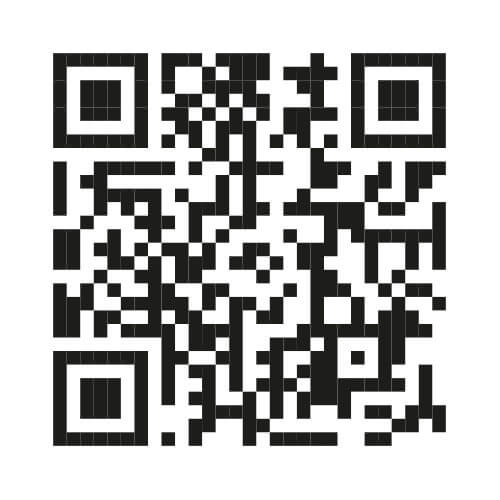
– straight abdominal muscle
– oblique abdominal muscle
– transverse abdominal muscle
– Take the seated position on the abdominal machine
– Hip joint is at the same height as the pivot point of the machine
– Place the feet behind the pad
– Back and buttocks maintain contact with the pads throughout the entire movement
– Grasp the handles positioned at head height
– Move the upper body downwards while simultaneously pulling the legs upwards
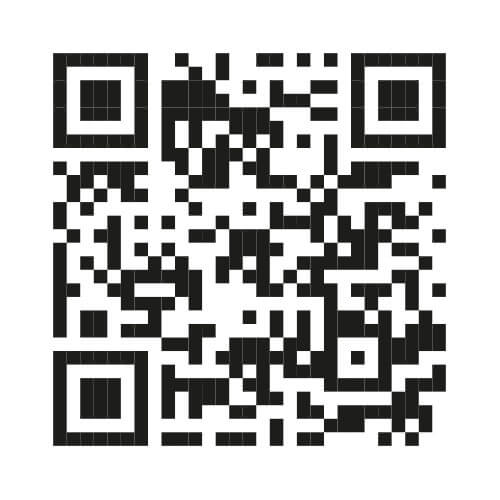
– rectus abdominis
– oblique abdominal muscle
– transversus abdominis
– take a supine position on the bench
– legs are bent
– 90° angle at the knee joint
– feet are planted
– hands are placed beside the head and elbows are spread out
– the head is raised
– the chin is a fist’s width away from the upper end of the sternum
– build basic tension in the abdominal muscles
– the shoulder girdle rolls off the bench to the lumbar spine
– then return to the starting position
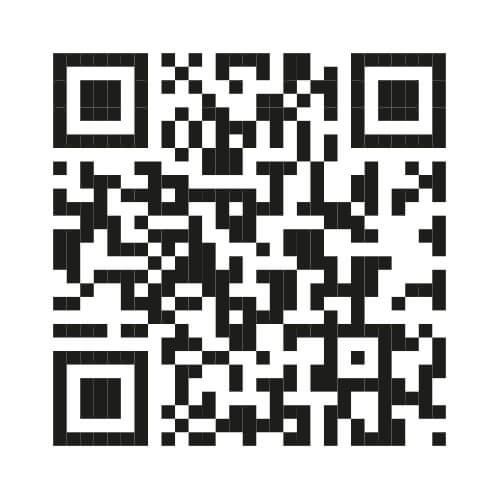
– Lumbar thigh muscle
– Long thigh extensor
– Sartorius muscle
– Take a stable elbow support position on the parallel bars
– The spine is completely against the backrest
– The legs hang vertically downwards
– Minimal flexion in hip and knee joints
– Build basic tension in the abdominal muscles
– From this position, bend the hip and knee simultaneously (up to nearly 90° each)
– Advanced practitioners only bend the hip and keep the legs almost fully extended
– Then return to the starting position
